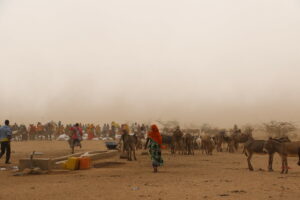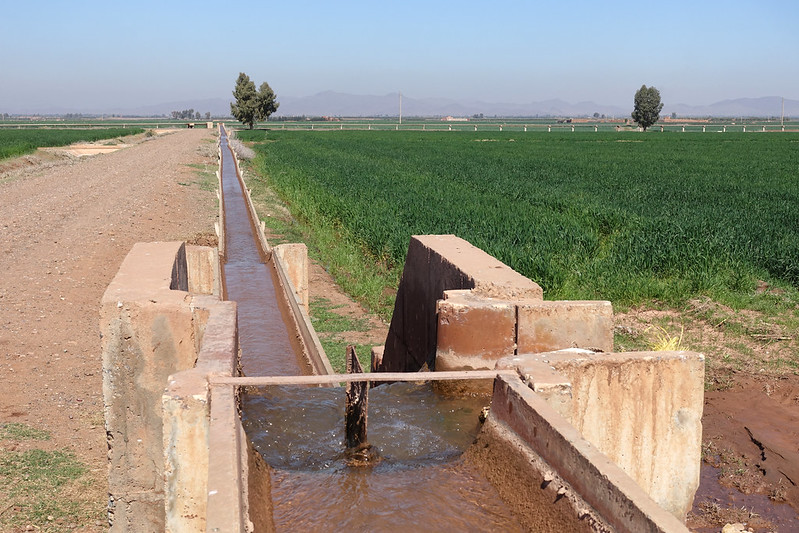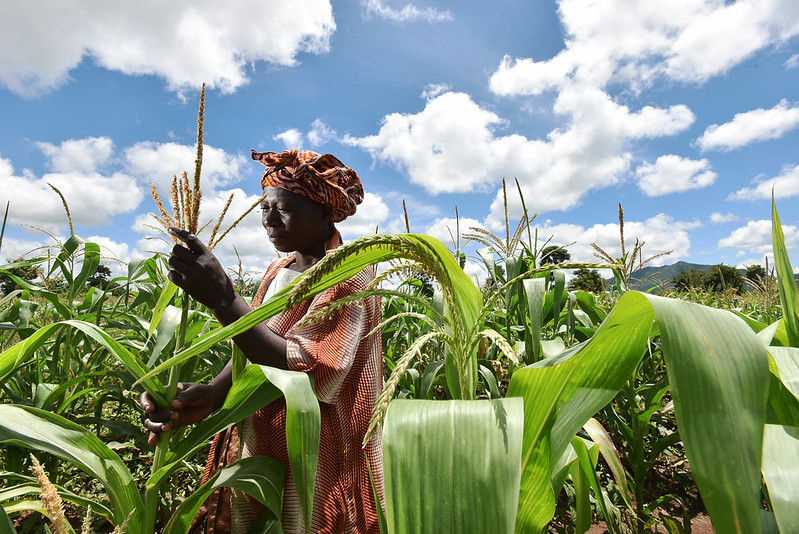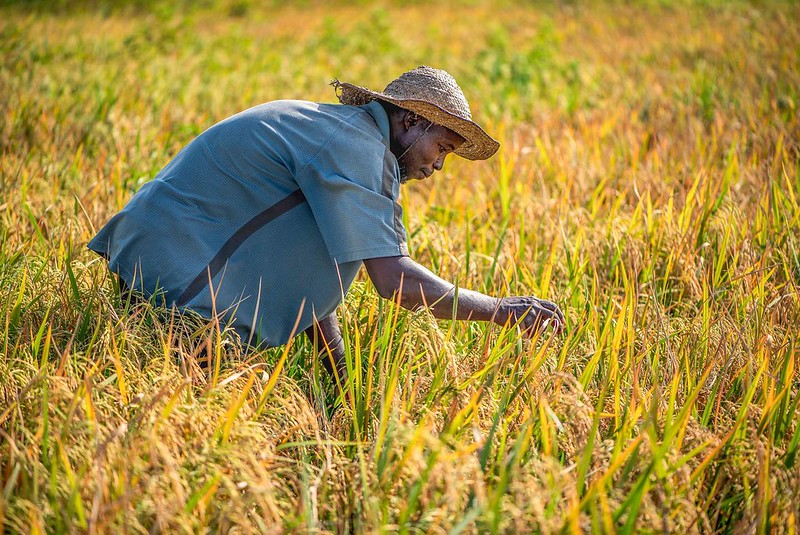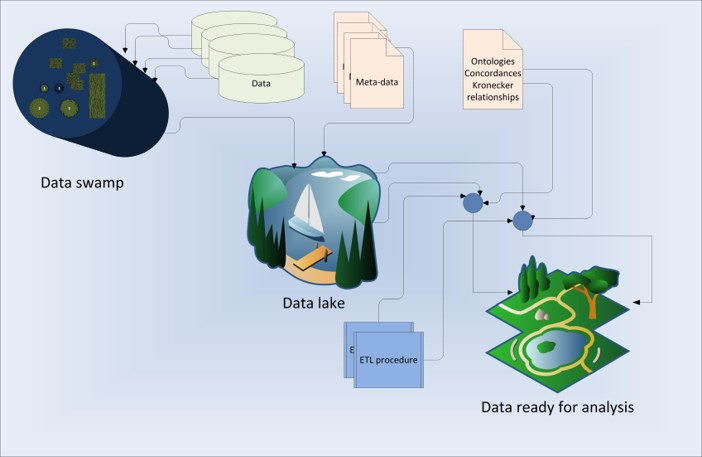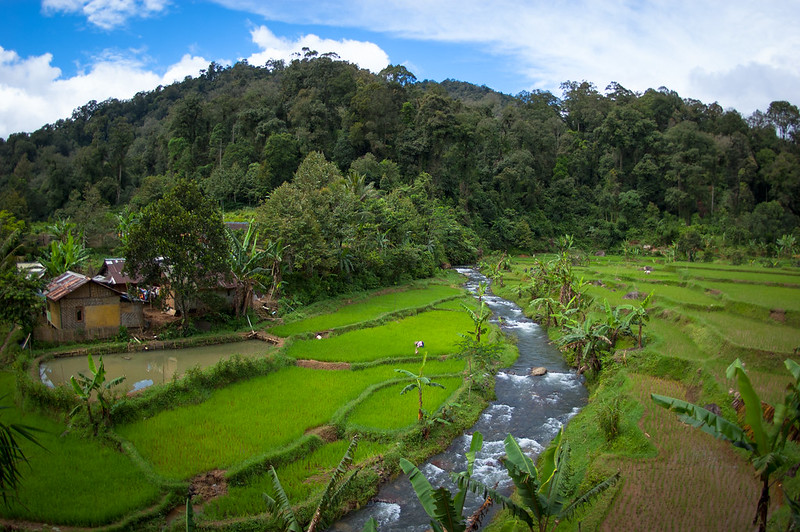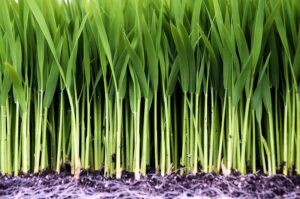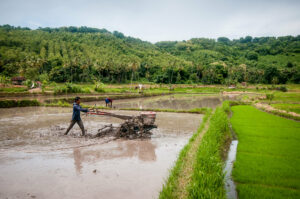Latest Posts
What do we know about the future of agri-food systems in Central and West Asia and North Africa (CWANA)?
Repost from: https://www.cgiar.org/news-events/news/what-do-we-know-about-the-future-of-agri-food-systems-in-central-and-west-asia-and-north-africa-cwana/ This post is part of a series developed by the Foresight Initiative around the question “what do we know about the future of food systems?” Visit the page: What do we know about the future of food systems…
New open access database is valuable for sustainable development in the energy and water sectors.
The news item below is reposted with permission from the IWMI news: https://www.iwmi.cgiar.org/news/closing-the-african-data-gap/ The open access database can be accessed through the Foresight Portal. visit the open access database page…
What do we know about the future of maize value chains in a changing climate and agri-food system?
Repost from https://www.cgiar.org/initiative/foresight/ This post is part of a series developed by the Foresight Initiative around the question “what do we know about the future of food systems?” Visit the page: What do we know about the future of food systems…
Foresight Synthesis Briefs (1)
What do we know about the future of food, land, and water systems? Challenges related to poverty, hunger, nutrition, health, and the environment are widespread and urgent. One way to stress the urgency of making the right decisions about the future of the global food systems now is to better…
Strategic foresight for agriculture: Past ghosts, present challenges, and future opportunities
Strategic foresight is systematic means to explore plausible futures. In the agricultural context, strategic foresight allows decision-makers to explore how alternative investments in agriculture research may function given anticipated futures associated with a variety of drivers ranging from climate change to increasing wealth to a changing policy environment. This paper…
Disability-adjusted life years due to chronic and hidden hunger under food system evolution with climate change and adaptation to 2050
Climate change presents an increasing challenge for food-nutrition security. Nutrition metrics calculated from quantitative food system projections can help focus policy actions.To estimate future chronic and hidden hunger disability-adjusted life years (DALYs)—due to protein-energy undernutrition and micronutrient deficiencies, respectively—using food systems projections to evaluate the potential impact of climate change…
Understanding the consequences of changes in the production frontiers for roots, tubers and bananas
The widely recognized role of roots, tubers and bananas (RT&Bs) in achieving food security and providing income opportunities in the world’s poorest regions will be challenged by socioeconomic and climate related drivers. These will affect demand and production patterns and increase pressure on farming systems. Foresight results presented in this…


